Similar presentations:
Analysis of financial and economic activities
1. Analysis of financial and economic activities
ANALYSIS OF FINANCIAL AND ECONOMICACTIVITIES
2. Chapter 1. CONCEPT, SUBJECT AND METHOD OF ECONOMIC ANALYSIS
CHAPTER 1. CONCEPT, SUBJECT AND METHODOF ECONOMIC ANALYSIS
1.1 The concept of economic analysis
1.2 Characteristics of the basic methods of
economic analysis
1.3 Methodology of factor analysis
3. 1.1 The concept of economic analysis
1.1 THE CONCEPT OF ECONOMIC ANALYSISEconomic analysis is a means to help bring
about a better allocation of resources that can
lead to enhanced incomes for investment or
consumption purposes.
Study of economic systems or a study of a
production process or an industry to see if it is
operating effectively and how much profit it is
making
4. Economic analysis
ECONOMIC ANALYSISAn economic analysis or evaluation is a process
carried out by economists, statisticians and
mathematicians on behalf of both for-profit and
nonprofit business.
The goal of this exercise is to gain a clear picture
of the current economic climate as it relates to the
organization’s ability to conduct business. This is
accomplished through an in-depth appraisal of the
strengths and weaknesses of the enterprises.
5. The main tasks of economic analysis
THE MAIN TASKS OF ECONOMIC ANALYSISobjective and comprehensive assessment of the degree
of implementation of the plan, the dynamics of
production and sales of products;
determination of economic efficiency of the use of labor,
material and financial resources;
the determination of the influence of various factors on
the change in the magnitude of these indicators;
identification of intereconomic reserves to increase
output and sales of products;
development of measures for the development of
identified reserves
6. 1.2 Characteristics of the basic methods of economic analysis
1.2 CHARACTERISTICS OF THE BASIC METHODSOF ECONOMIC ANALYSIS
Comparison
Average values
Groupings
The balance
method
Graphical
method
The index
method
The method of
correlation and
regression
Matrix models
Mathematical
programming
The method of
investigating
operations
Game theory
7. comparison
COMPARISONA compulsory conditions for comparative analysis
are:
• unity of volume, value, quality, structural
indicators;
• the unity of the time periods for which the
comparison is made;
• comparability of production conditions;
• comparability of the methodology for calculating
indicators.






















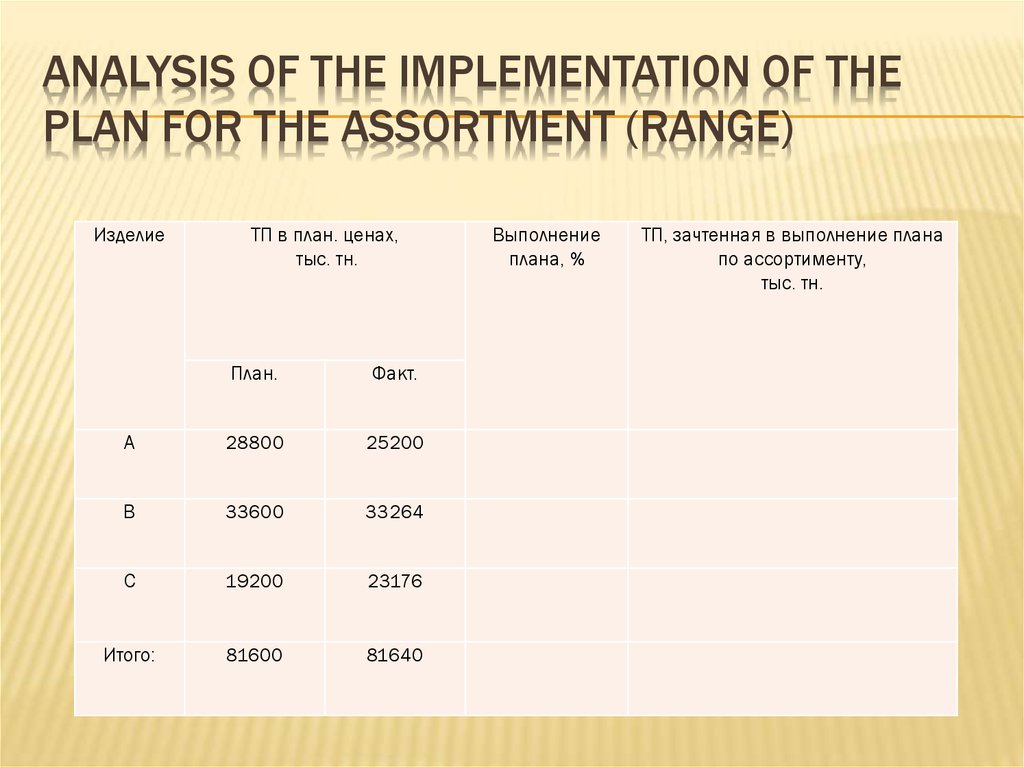
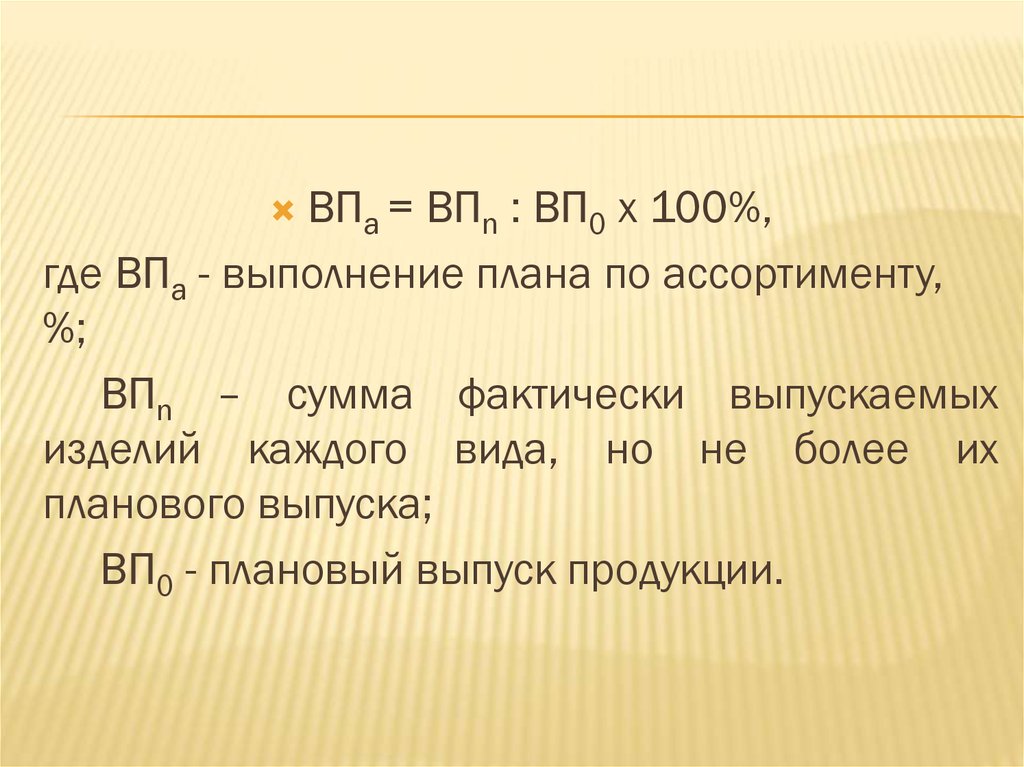
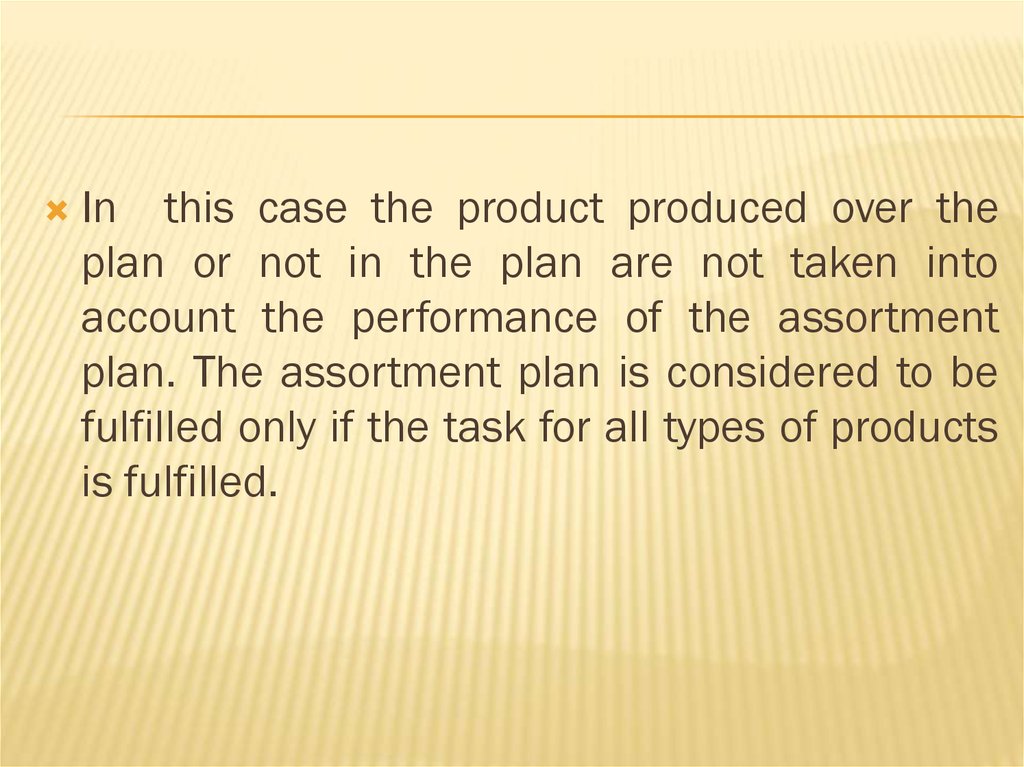

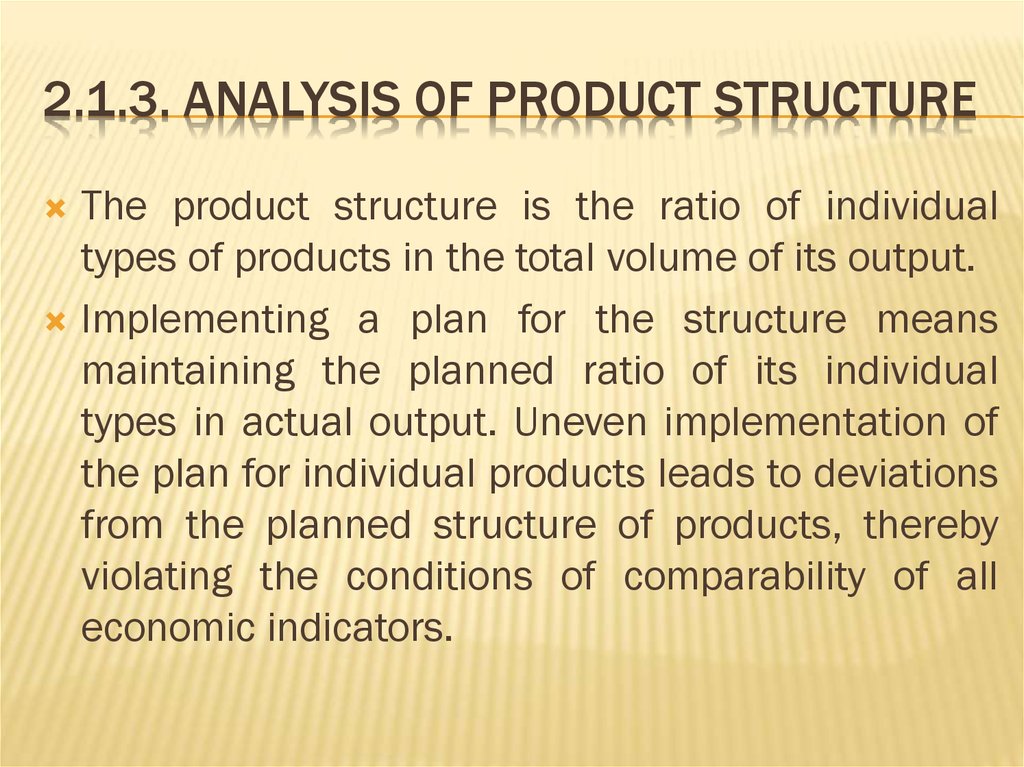





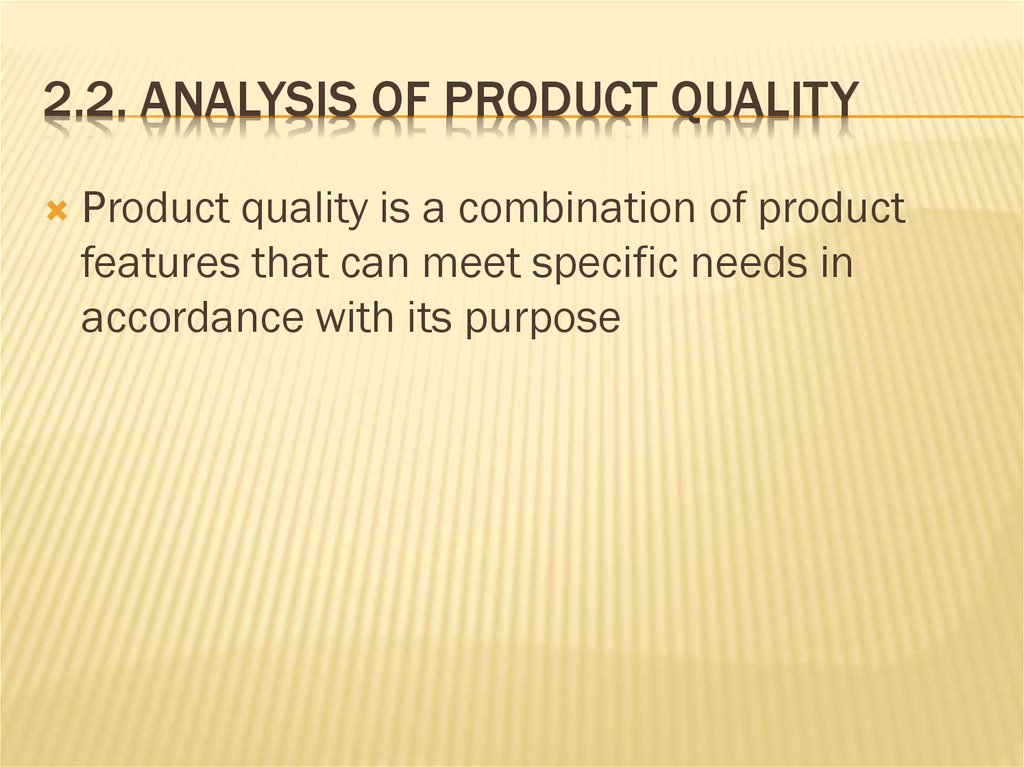





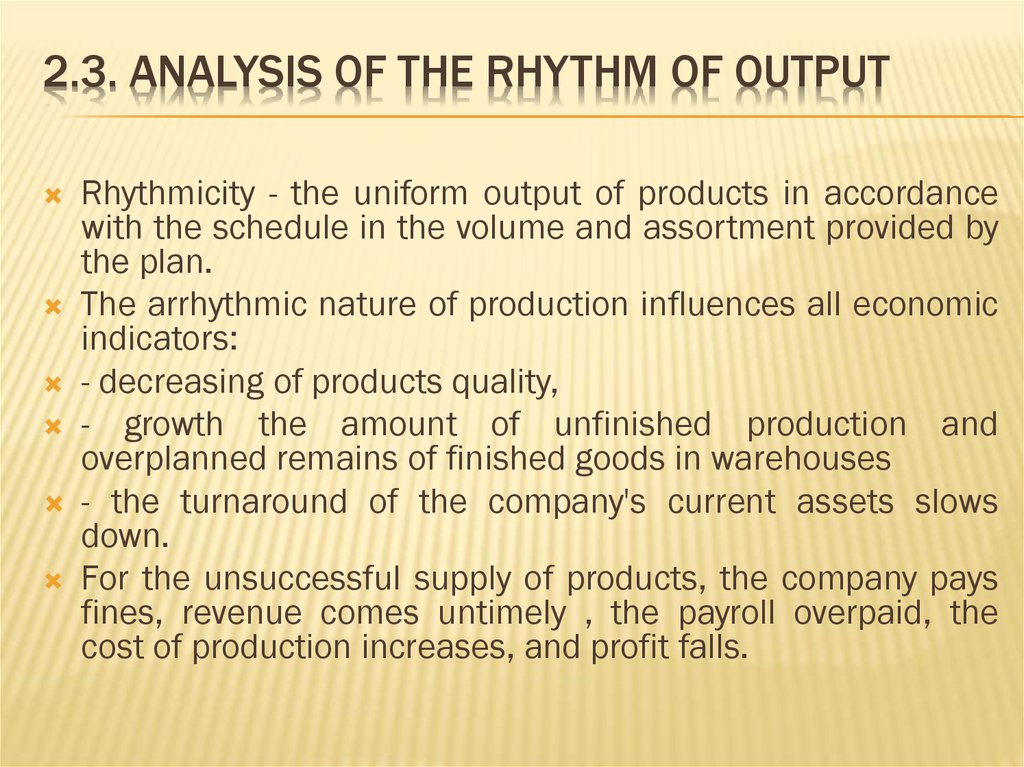




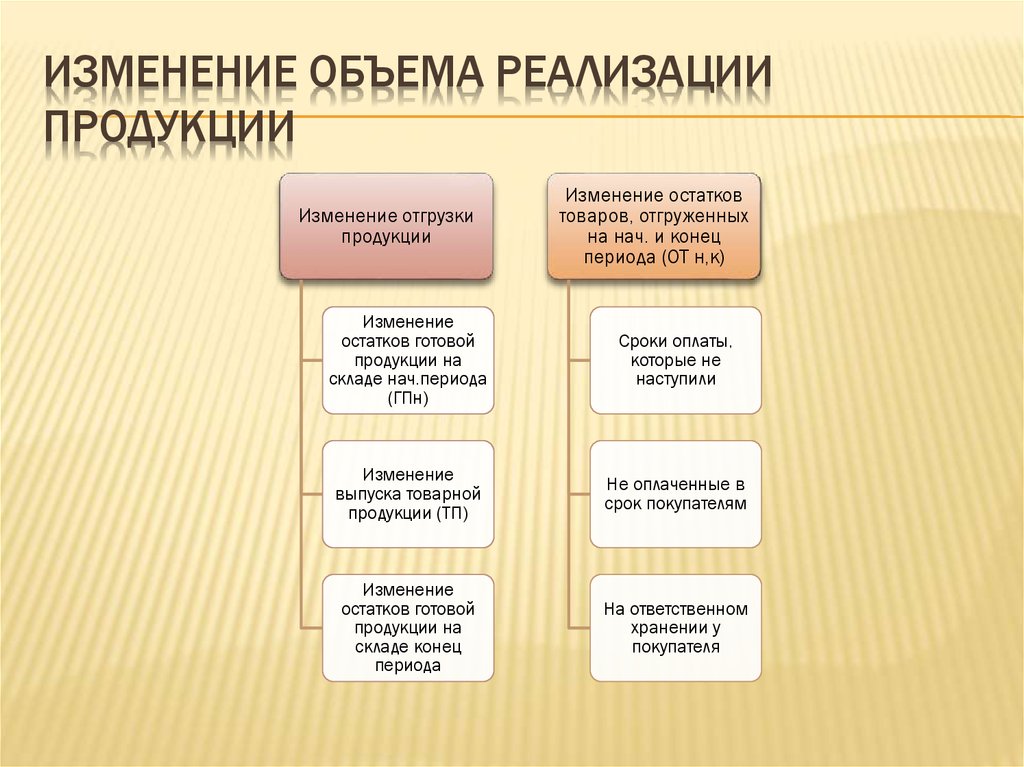
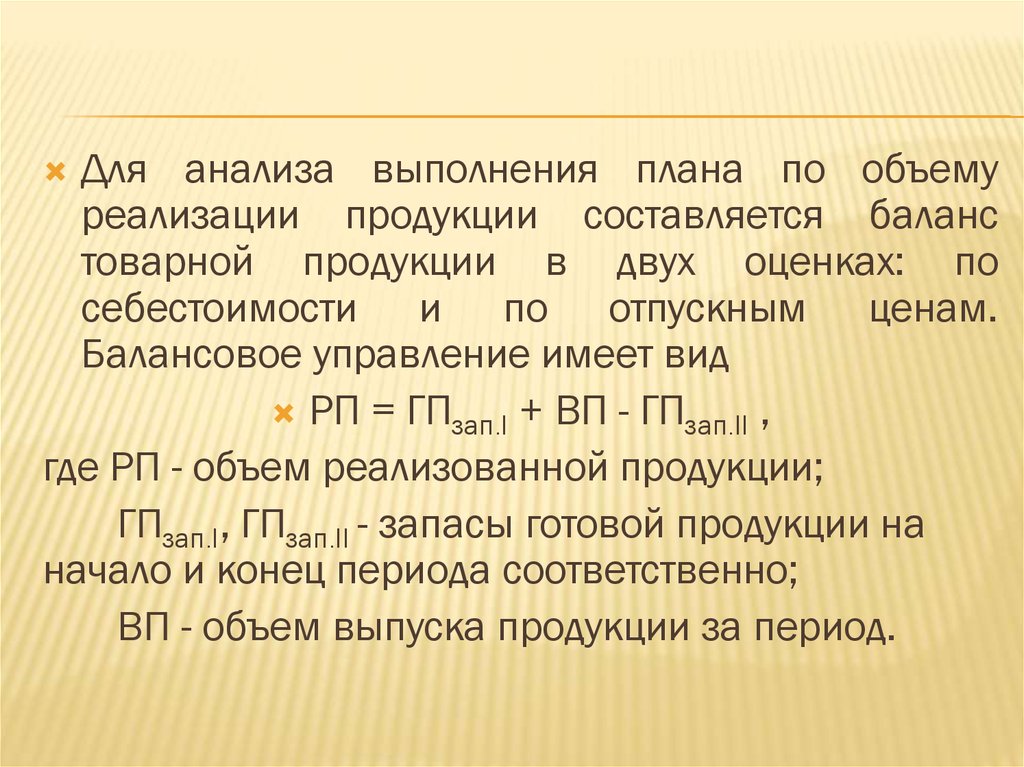


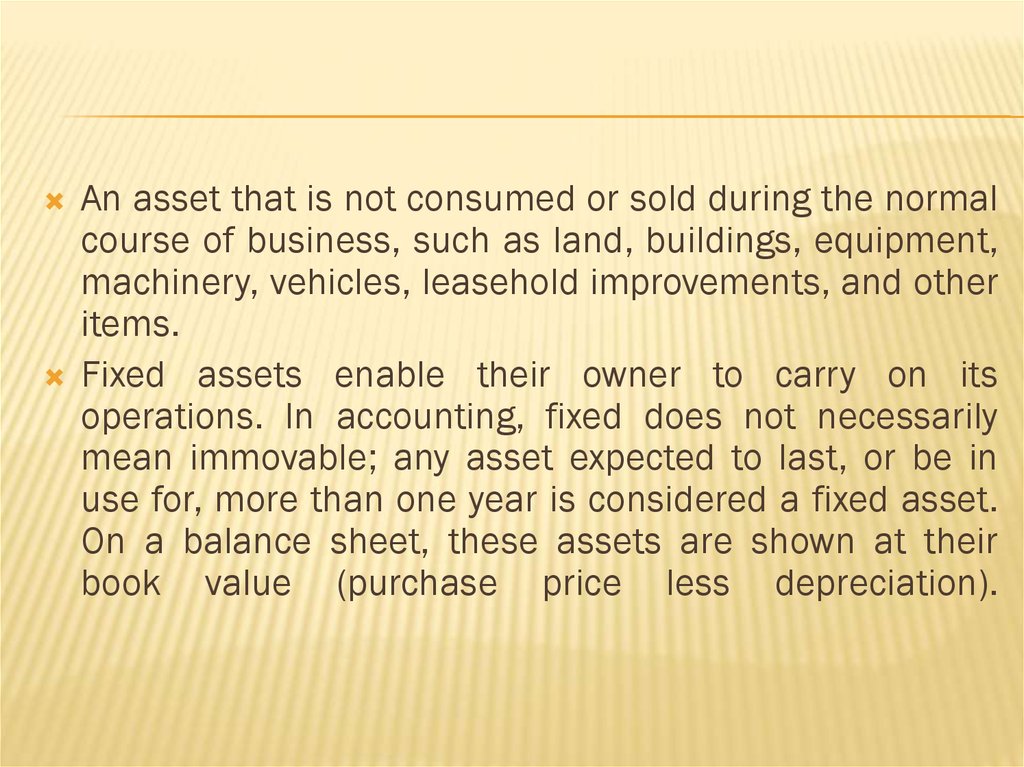

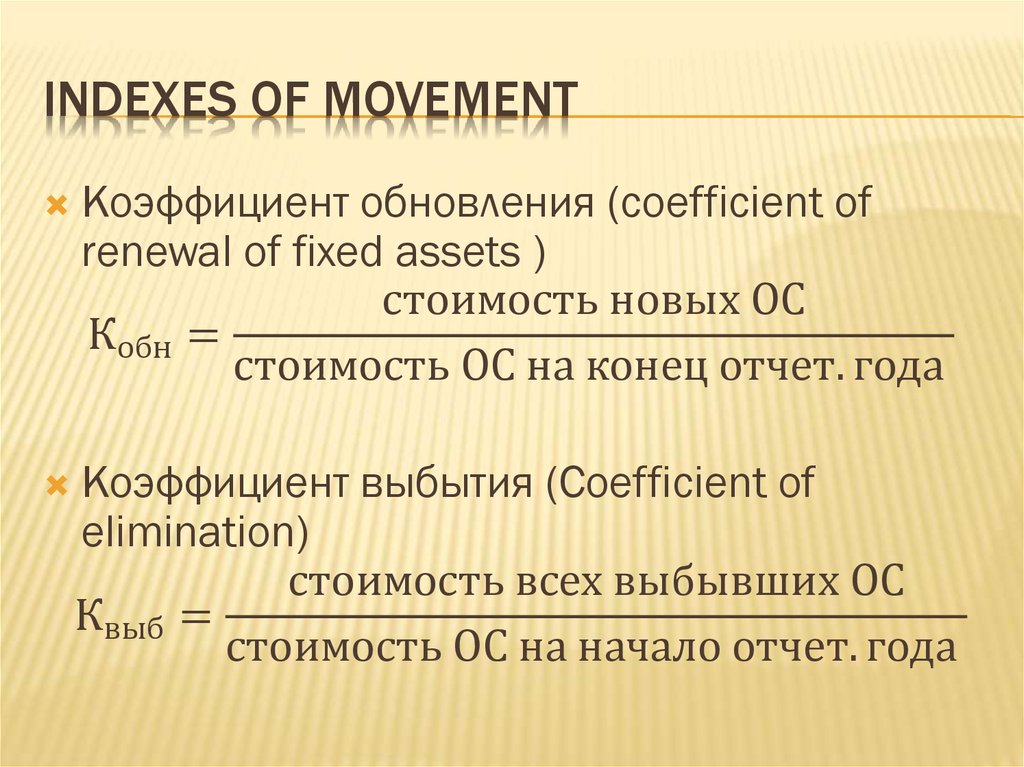
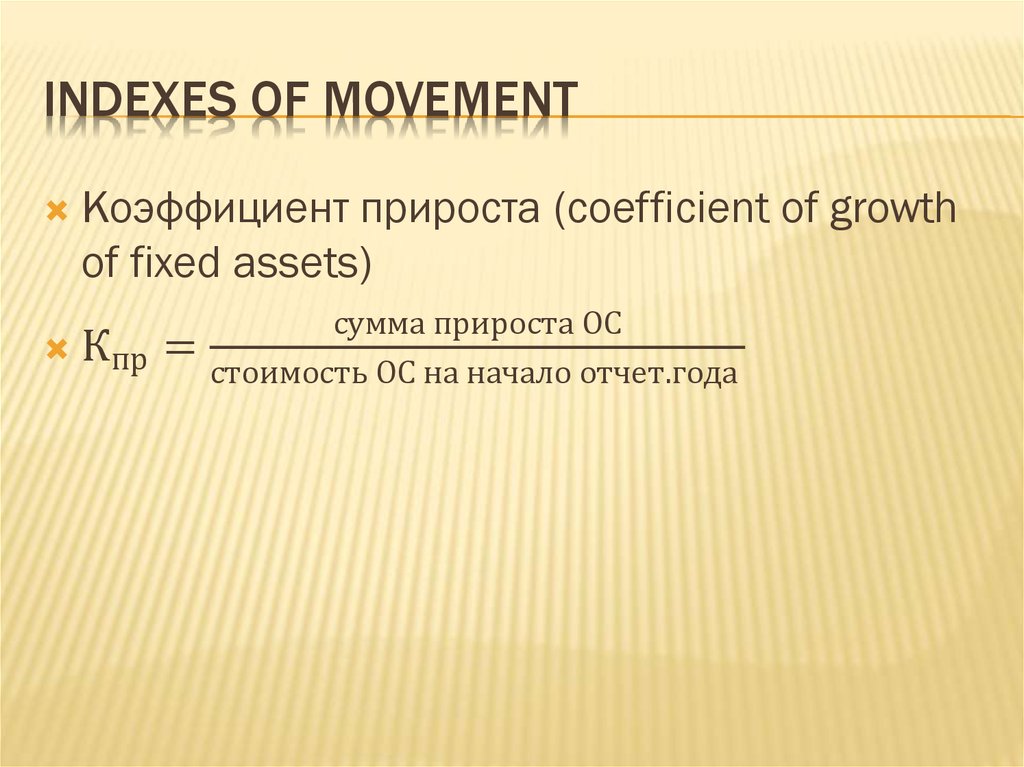
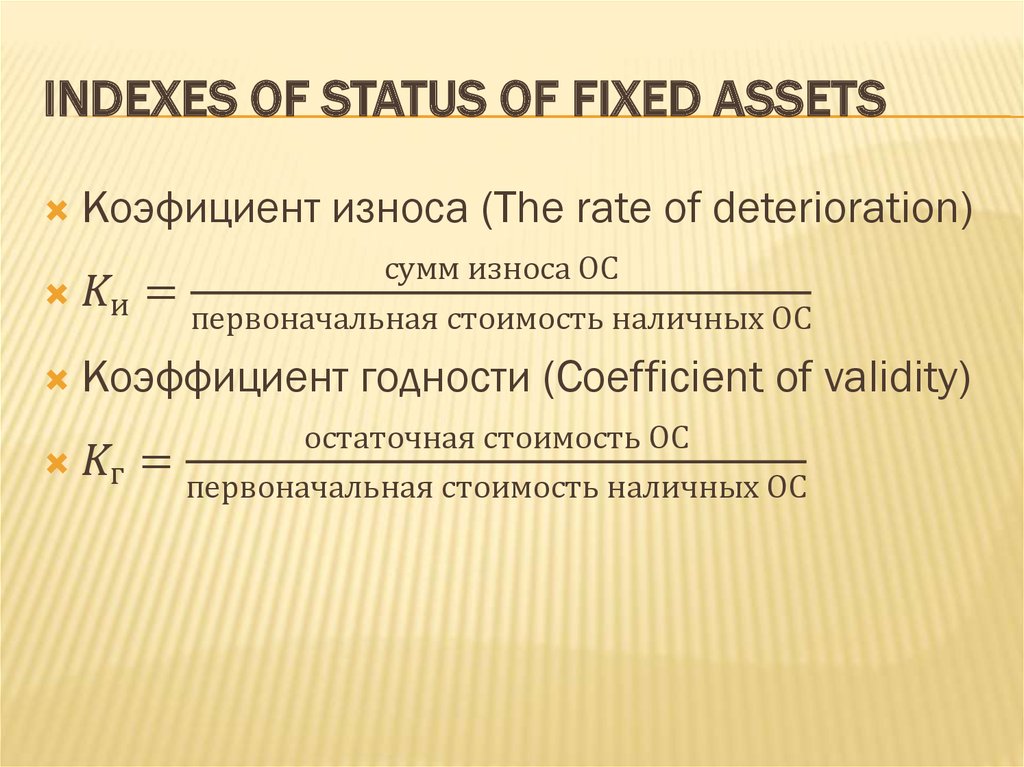


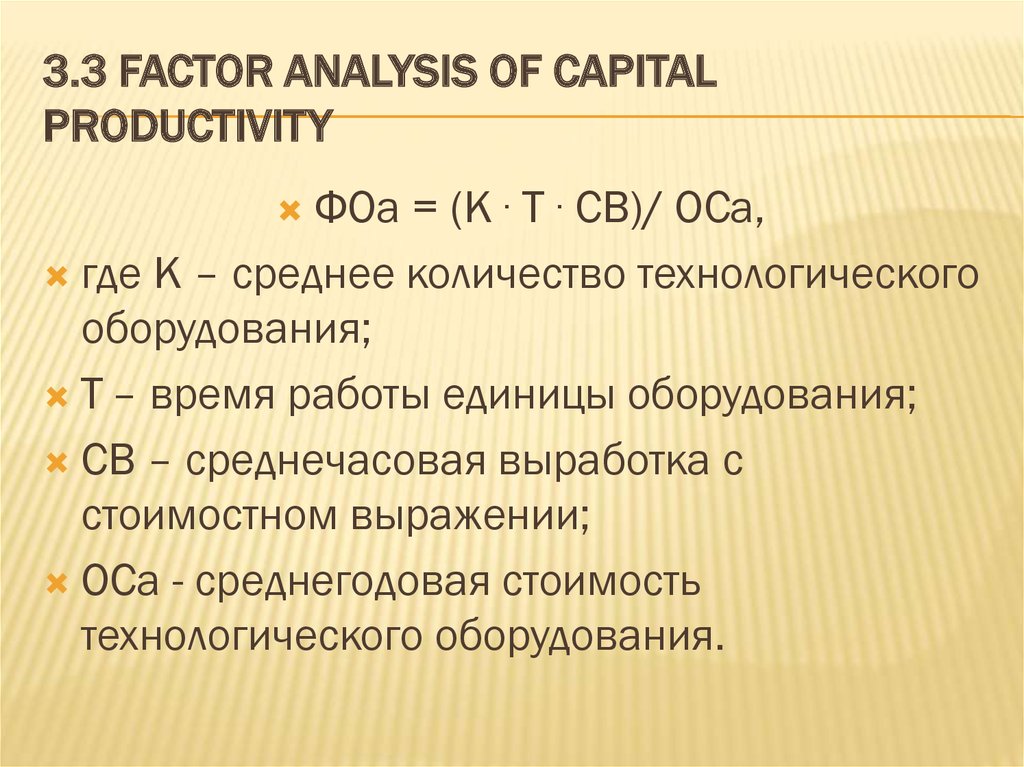
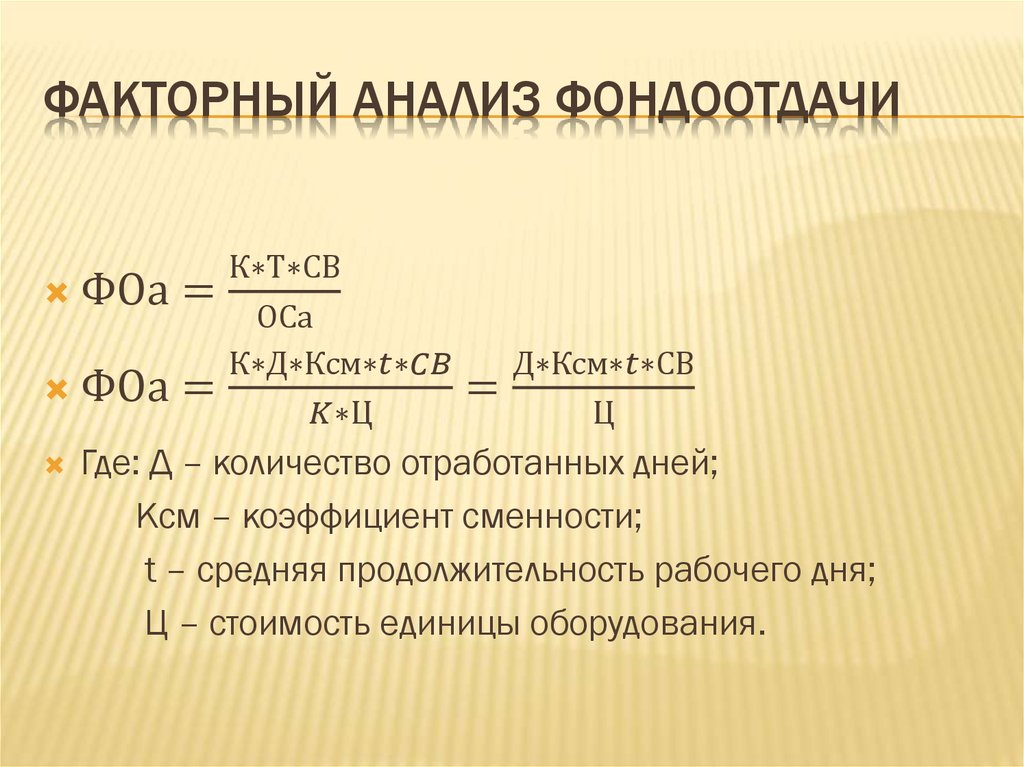





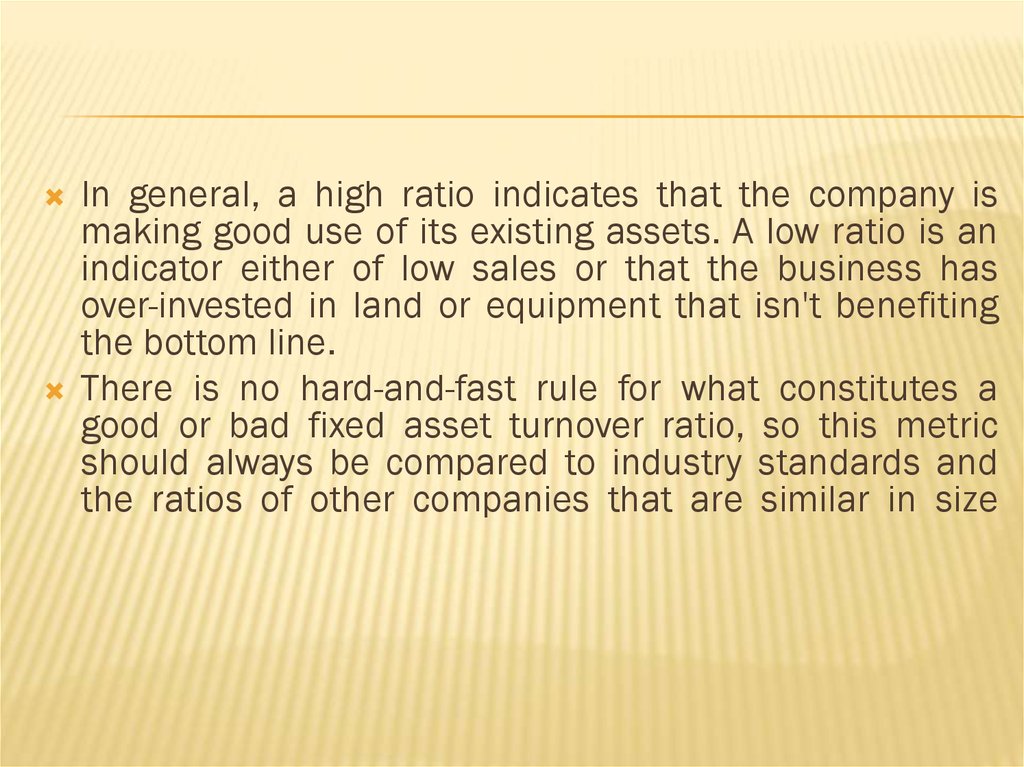
 economics
economics finance
finance








